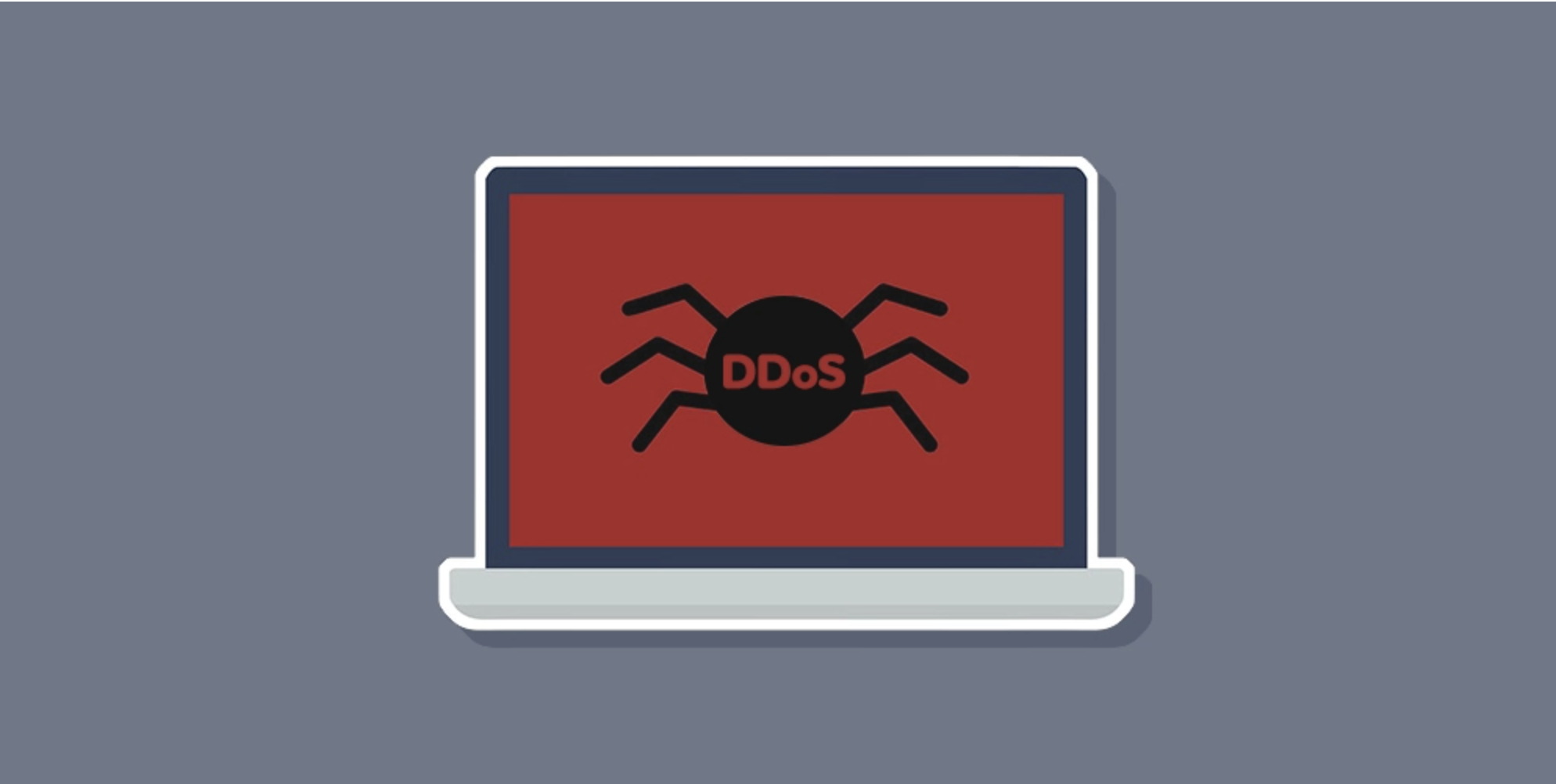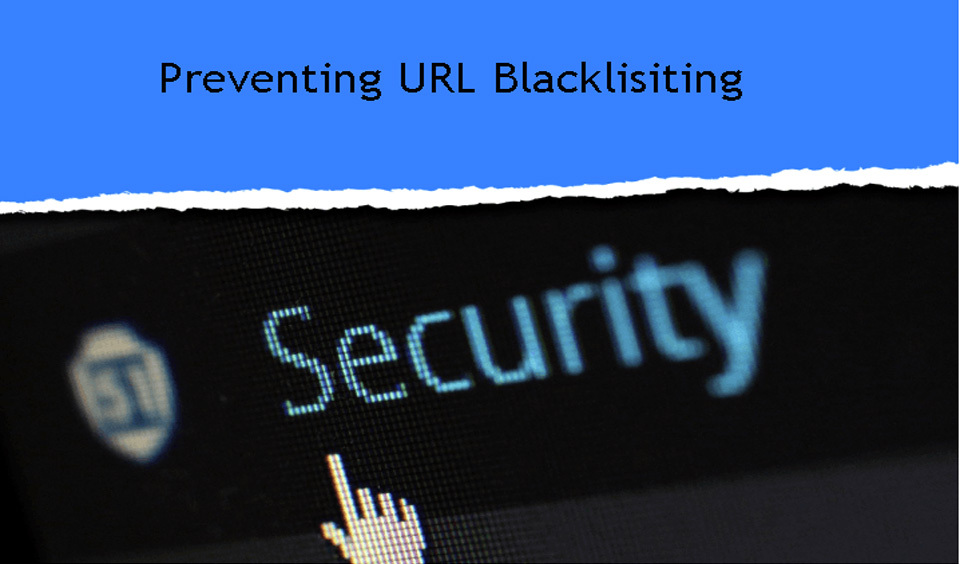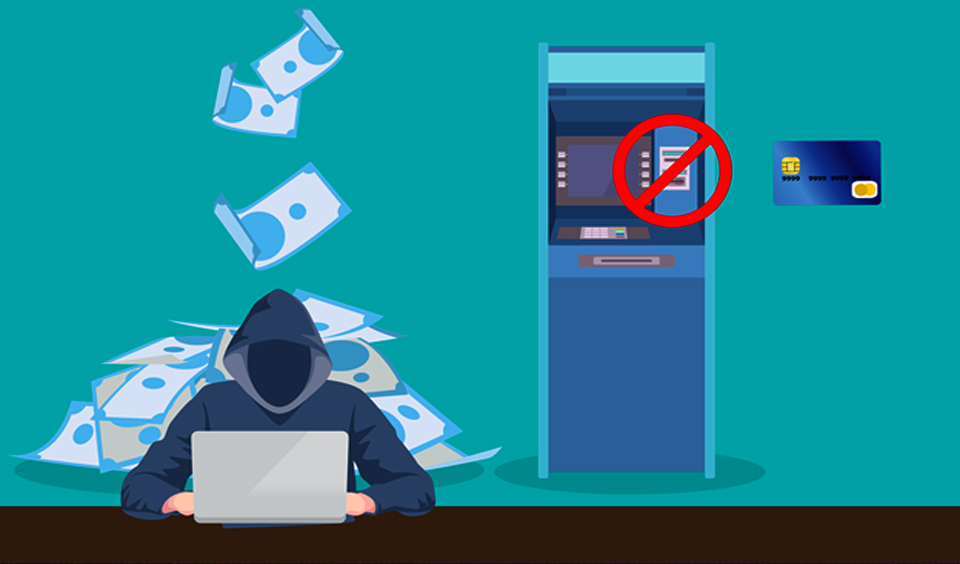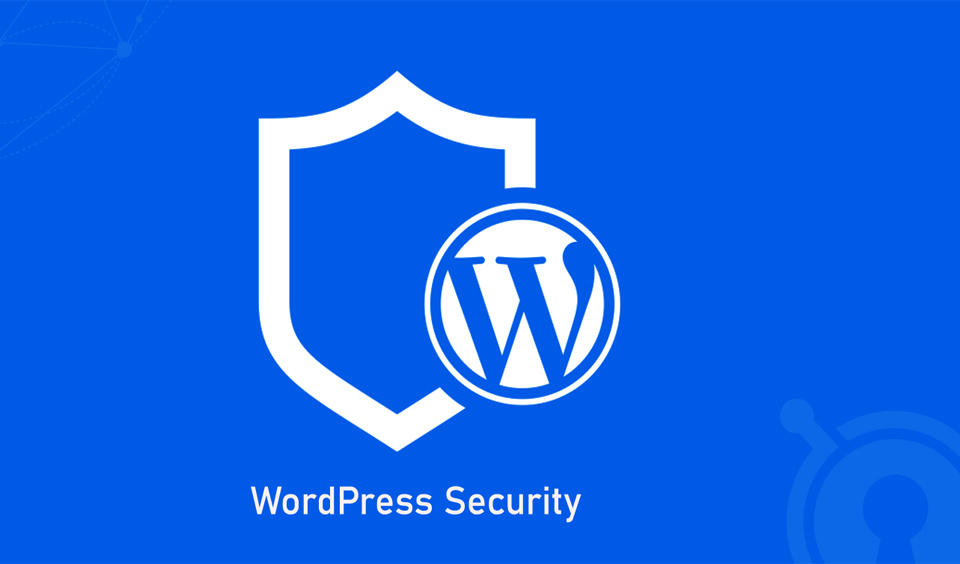Business owners are always on the lookout for successful strategies to optimize their website for better traffic and higher ranking. All of these efforts, however, will be in vain if your website gets hacked. This will not only cause you financial losses, but the reputation of your brand.
WordPress offers quite powerful features as well as a secure codebase, which makes it one of the most popular website builders in the world. This doesn’t mean that the platform is immune to hacker attacks, such as DDoS attacks.
Today we will talk about these attacks and details, as well as a few steps you can take to prevent them.
What is a DDoS attack?
The name comes from Distributed Denial of Service attack. This is a kind of cyberattack which utilizes compromising computers and devices for requesting and sending data from a WordPress hosting server, which in turn allows a hacker to gain control of your website. Most WordPress hosts include measures to minimize these attacks, such as continuous monitoring, encrypted connections, and plugin vulnerability mitigation.
DDoS attacks are an evolved version of the DoS attacks. Such attacks manipulate multiple compromised servers or machines in order to enhance their spread.
Said compromised machines create a network, in which every affected machine plays the role of a bot and launches attacks on targeted server or system. This helps them to remain hidden for some time, allowing them to cause maximum damage before being blocked by the real owner.
What happens during a DDOS attack?
During these attacks, your server resources are depleted, and the website load time has increased dramatically. This is why when it hits a certain website, it can cause issues with performance or cross the survey entirely by overwhelming its CPU, memory, and in some cases the entire network.
These attacks come from a hacker-controlled botnets of vulnerable IOT devices. As this is a rapidly growing segment, its prone to security threats, in this case DDoS.
Types of DDoS attacks
It’s interesting to note, that they do not have a single form of attack. There are different varieties, each one with separate style.
Volumetric DDoS attack
They involve flooding the target with requests to overload bandwidth capacity and avoiding targeting WordPress directly. The ain aim of such attacks is targeting the underlying operating system, as well as the web server.
If the hacking process is successful, your site will not be able to serve pages to real visitors throughout the course of the attack. Most common types of such attacks include your DP floods and NTP amplification.
Application layer DDoS attacks
They focused on layer seven, also known as the application layer, your NGNX or Apache server, as well as your website. This is the type that causes maximum damage to your band the bandwidth spent.
Under this category also fall Slow Post attacks and HTTP floods.
Multi-Victor DDoS Attacks
Hackers often take a multi-vector approach with their attacks. In this case they use multiple techniques for targeting.
Protocol based DDoS attacks
They follow the same exhausting forces model as the others but are focused mainly on network layers and transport. By using these attacks, hackers deny service by targeting appliances, for example underlying TCP/IP stack on firewalls which are running on your server. It allows them to exploit vulnerabilities in the way the servers network stack handles those tasks such as Network packets or TCP communication.
How to keep your website safe from DDoS attacks?
It’s very important to understand that these attacks are not a WordPress hack in the traditional sense. They cannot steal visitor information, their soul purpose is to overload the website resources, which can be used for blackmail or extortion.
Use a content delivery network (CDN)
Think of CDS as the middleman between visitors and yourself.
You can use them to reduce the strain on your server which can in turn help you decrease the overall loading time, as they are built to optimize performance. They also restrict resultant traffic from overwhelming your website, and detecting malicious attacks as well as downs in traffic, by mitigating it effectively.
Most hosting companies will provide in the package a built in CDN, if that’s not the case with your company you can use tons of CDN plugins or a free CDN from a third-party provider.
Change your hosting provider
If you are using the services of a hosting provider which is not well equipped to handle moderate strain, you will be the ideal victim for a DDoS attack. Lucky for you, you can use a number of reputable hosting providers which would do the job.
Using a DDOS protection service
In most cases CDS offer DDoS protection as an incentive, but you also have the option to sign up for a DDoS protection service as an alternative option. Bear in mind, that the services are not cheap, some companies even charging around $3000 per month.
Blacklist suspicious IP addresses
Make sure you regularly monitor IP addresses which display suspicious activities such as repeated logins attempts, high number of visits, and IP clusters, which can flood your website.
Set up a firewall
Firewalls protect your computer from unauthorized access. Your firewall can be configured to limit the number of users which have access to your website during a specific time and filter out bots, or users which are most likely bots.
This can be very helpful in minimizing the DDoS attacks and not compromising user experience.
Conclusion
In short, all websites in most cases fail to prevent DDoS attacks. Hackers use them as form of blackmail which is why you need to take precautions such as scanning your website for vulnerabilities and setting up your DDoS protection.
Most WordPress users have a low chance of suffering a DDoS attack. Which doesn’t mean that you couldn’t. Bear in mind, it’s always best to consistently apply the best practices in terms of security to make sure your website is safe.





